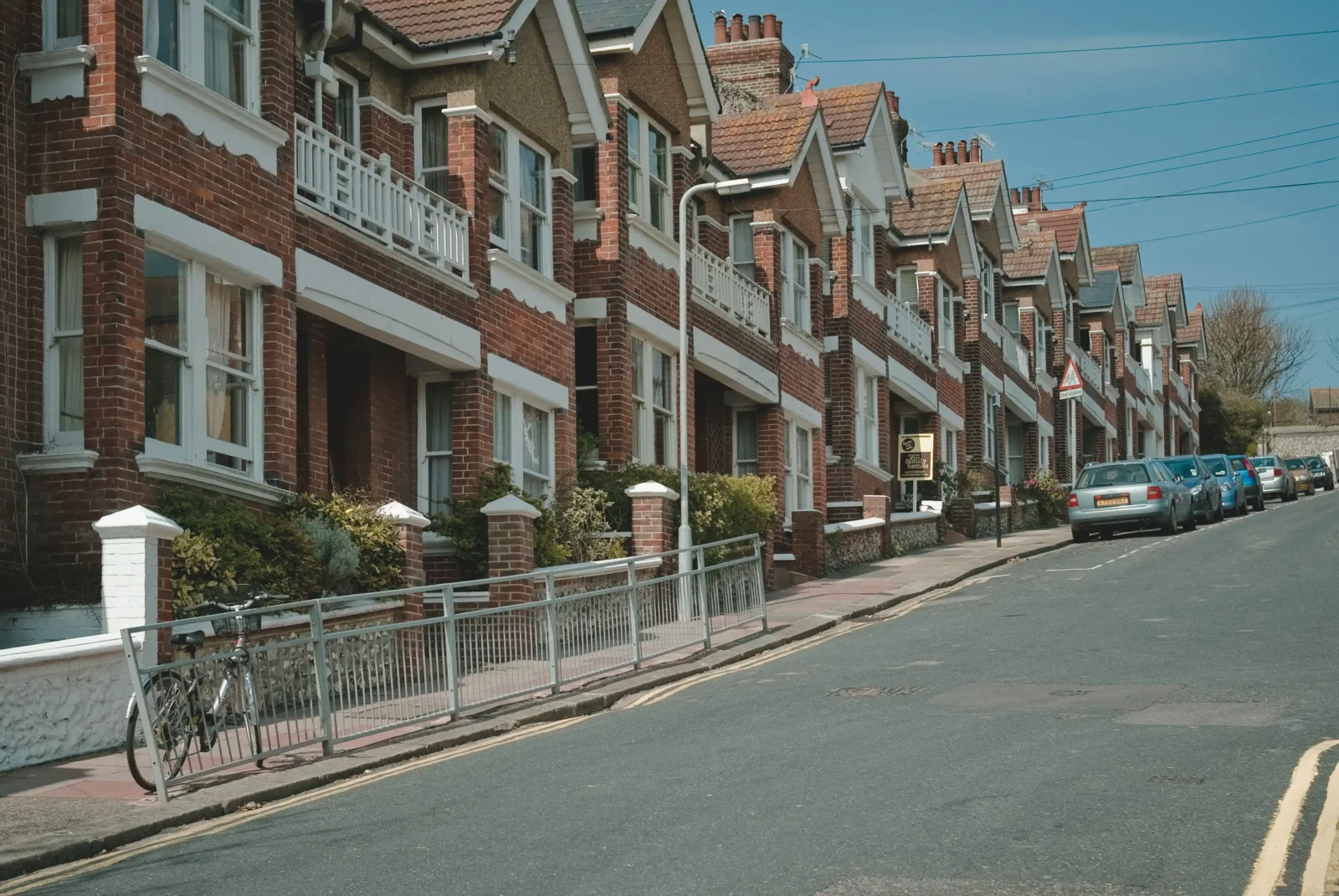- Home
- Articles
- Architectural Portfolio
- Architectral Presentation
- Inspirational Stories
- Architecture News
- Visualization
- BIM Industry
- Facade Design
- Parametric Design
- Career
- Landscape Architecture
- Construction
- Artificial Intelligence
- Sketching
- Design Softwares
- Diagrams
- Writing
- Architectural Tips
- Sustainability
- Courses
- Concept
- Technology
- History & Heritage
- Future of Architecture
- Guides & How-To
- Art & Culture
- Projects
- Interior Design
- Competitions
- Jobs
- Store
- Tools
- More
- Home
- Articles
- Architectural Portfolio
- Architectral Presentation
- Inspirational Stories
- Architecture News
- Visualization
- BIM Industry
- Facade Design
- Parametric Design
- Career
- Landscape Architecture
- Construction
- Artificial Intelligence
- Sketching
- Design Softwares
- Diagrams
- Writing
- Architectural Tips
- Sustainability
- Courses
- Concept
- Technology
- History & Heritage
- Future of Architecture
- Guides & How-To
- Art & Culture
- Projects
- Interior Design
- Competitions
- Jobs
- Store
- Tools
- More

So, it’s been a while. You’ve been walking through your home, imagining what a fresh coat of paint, new wallpaper, new cabinets, or an open floor plan could do to transform your space. The excitement is building, and you’re ready to start knocking down walls. There’s no time like the present, right?
But hold on.
As tempting as it is to leap right in, remodeling isn’t something to rush. A good remodel can be exciting and beneficial. However, an impulsive remodel can put your bank account into recovery mode for months.
Breathe deep before you pick up that hammer or sign that first contract. Let’s explore how to budget your finances wisely so your remodel fills you with joy, not financial regret.
Table of Contents
ToggleWhy Is It Important to Budget for a Home Remodel?
Home renovations are worth it—they add value, comfort, and usability. However, they can be costly and quickly get out of hand. According to estimates by the National Association of Home Builders, construction expenses made up 64.4% of the average cost of a new home in the last year alone, as opposed to 60.8% in 2022.
While it’s easy to focus on looks, it’s all numbers when it comes to enjoying the process. Having a clear budget will help you avoid potential delays, overspending, and that cringeworthy feeling when costs snowball out of hand.
A budget not only protects your wallet; it also protects your financial future. Now, let’s show you how.

1. Figure Out How Much You Can Afford to Spend
Your remodeling plans need a fiscal foundation. Step one is being realistic about what you can pay for without tapping your emergency fund or straining your future.
Have a look at your finances now. What have you got in the way of savings? Do you plan to pay in cash, or would you rather spread the cost?
Others use home renovation financing instead of making huge upfront payments, which could deplete their savings. This can be especially helpful for high-ticket upgrades like a roof replacement, heating and air conditioning, or kitchen renovation. Regardless of the route you choose, set a tight budgetary limit. That number is your compass.
2. Get Quotes and Compare Prices before Making Decisions
After your budget is established, it’s time to do some legwork. Don’t hire the first contractor you talk to. Similarly, don’t buy the first tile or wallpaper you ever fall in love with. Compare your options.
Request multiple quotes (ideally three or more) for each significant purchase or service. Vendors’ prices can vary widely, and what one quote includes may be an expensive add-on in another.
You’ll also want to research standard pricing in your area. Remodels can range from $19,486 to $88,393, depending on location and scope. Knowing your local average helps set realistic expectations.
Pro tip: Ask for itemized estimates, verify references, and read the fine print before signing.
3. Plan for Extra Costs That Might Come Up
Here’s the reality: even the best-planned projects run into some speed bumps. That wall you have to break through might be load-bearing. That floorboard you have to replace might be hiding water damage. And permit fees or inspection slowdowns can happen at the very worst time.
To plan for this, it’s advisable to allocate 10% to 20% of your overall budget for unforeseen expenses. For example, if your renovation budget is $30,000, allocate at least $3,000 for unexpected costs. This cushion helps you adapt without alarm or abandoning the project mid-stream.
4. Prioritize the Most Important Upgrades
It’s tempting to want everything done at once. But if your budget won’t allow it, choose what’s most important.
Start with the necessities that impact function, safety, or energy efficiency. This cuts across plumbing and electrical upgrades, kitchen and bathroom remodels, and roof and solar considerations.
After you’ve covered the necessities, you can consider other upgrades, depending on your lifestyle. For instance, if you work from home, a home office setup could be a priority for you if it improves focus and supports long-term productivity.
Lastly, you can handle purely cosmetic upgrades. This prevents scope creep, where one idea becomes five new tasks. It also makes it easier to phase your remodel over time without compromising quality. Whether you’re remodeling solo or with a partner, a clear list of priorities keeps everyone aligned and on budget.
How to Watch Out for Scope Creep
One minute, you dream of new kitchen flooring, and the next, you buy custom cabinetry, quartz countertops, and a showpiece backsplash. Sound familiar? That’s scope creep, where your original project quietly grows into something much grander (and more expensive) than you envisioned.
It happens all the time. A simple update makes other outdated items stand out, and the temptation to keep adding “just one more thing” grows. Before long, your renovation has doubled or tripled in cost.
To avoid this common trap:
- Stick to your original priorities: Before you start, write down your basic renovation goals and consult them when you’re tempted to stray from the agenda.
- Create wiggle room in your budget: This isn’t a reason to overspend; it’s your emergency fund.
- Decide must-haves and nice-to-haves beforehand: If a new idea comes up halfway through the renovation, compare it to the list. If it’s not a must, it can wait.
A clear budget is essential, but protecting your project boundaries enables you to remain within it. You can stretch your budget without sacrificing quality by coming up with innovative ideas and learning to prioritize what matters, whether it’s a flooring overhaul or redesigning a kitchen.

5. Track Your Spending and Adjust as Needed
Even with a good plan, things can change mid-project. Materials can go up in price. You may decide you don’t like a fixture or wish to alter paint colors.
The trick is to track it all. Use a spreadsheet, budgeting software, or notebook to match expenditures to your initial plan. Jot down quotes, deposits, receipts, and final payments. Match your totals every week. Just like in remote project management, tracking your progress and ensuring coordination between tasks and team members enables you to capture small overruns before they become bigger problems.
You can also review your daily expenditures to stay on track. Learning how to stop overspending is a skill that will prove helpful at any stage of renovation. The better you know where your money is going, the more easily you can make decisions and stay on budget.
Final Thoughts
A renovation can breathe new life into your house and make your home work better for you. But to enjoy the full benefit, without financial anxiety, you need a healthy budget from the start. Know your numbers, compare your options, have an emergency fund, focus on what matters, and keep tabs on your money.
Renovating is a process. It’s half planning, half patience. And if done properly, it can transform your home without devastating your finances. Good luck!
illustrarch is your daily dose of architecture. Leading community designed for all lovers of illustration and #drawing.
Submit your architectural projects
Follow these steps for submission your project. Submission FormLatest Posts
10 Interesting Facts About Zaha Hadid
Zaha Hadid was a visionary architect whose fluid forms, bold experimentation, and...
Online 3D Terrain Mapping Tools for Urban and Landscape Design in 2025
A curated guide to the best online 3D terrain mapping tools in...
Common Emergency Repairs Every Homeowner Should Be Ready For
For most of us, when something goes wrong, we have a propensity...
Designing, Retrofitting, and Valuing Non-Standard Homes in Britain
Britain’s housing stock carries a quiet contradiction. From the street, many homes...












Leave a comment